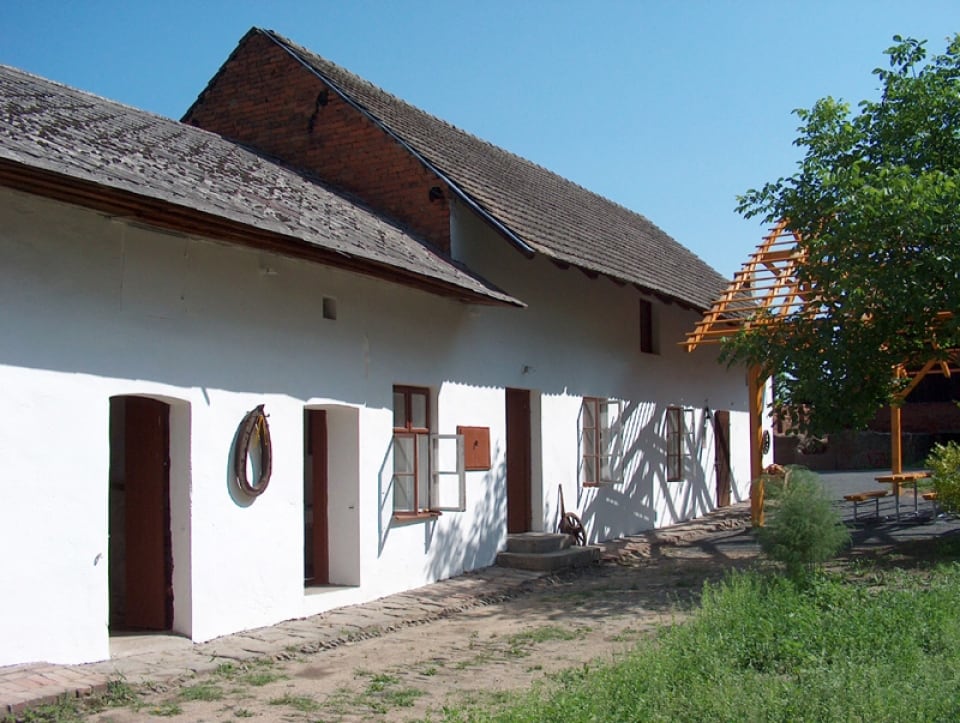Ražby pocházely z období mezi léty 1635 až 1645 ale tvořily je především Pražáci to mi nějaké nedává smysl ale asi už mám dneska dost 
5/28/1936 Landowner found a pot full of pennies
Categories: Finds and rescue research in the Czech Republic , Calendar
A pot full of coins was discovered by a farm owner in the Silesian village of Bolatice in 1936. He came across the depot when he wanted to plant a tree. The ceramic pot contained coins dating from 1635 to 1645. The story goes that the landowner buried part of the treasure in the same place where he found it. However, exactly where is still unknown.
Today, a small museum, or rather an open-air museum of folk traditions in Bolatica, is located in the area of the former farmhouse. Visitors can learn more about how life used to be. The locals were largely involved in the construction and donated most of the exhibits. The open-air museum is located in the buildings next to the church, which are a good example of traditional village dwellings at the beginning of the 20th century.
Local attractions include a treasure discovered by the owner of the farm in 1936. He found the pot full of coins when he was planting a tree. The hoard consisted mainly of silver Prague pennies. The coins were minted between 1635 and 1645. The treasure was probably hidden by Polish soldiers in the seventeenth century when they rushed to the aid of Vienna, occupied by the Turks under the leadership of Jan Sobieski.
According to local guide Dominik Theuer, it is said that the landowner reburied part of the treasure. "But no one knows where the coin is. A substantial part of the treasure was stored in the Silesian Museum in Opava," he revealed.
Visitors to the aforementioned Bolatice open-air museum can listen to the story of the treasure. Its history began twenty years ago, when the municipality managed to acquire the then neglected farmhouse thanks to a European subsidy. In the past, several generations of the Sněhot family farmed there.
For information on opening hours, please visit www.bolatice.cz
The largest collection of flint that can be seen by the public is a local attraction. It is the work of Jiří Dudek, the largest collector of stones from Hlučín. He collects mainly so-called souvky, which are also on display in the Boletice castle. The collection in the open-air museum is still open for further expansion.
Dudek himself has accumulated several thousand stones of various shapes, colours and structures. He has also tried his hand at making prehistoric tools, such as axes, using interesting materials. "They used cattle intestines for that. I didn't have the guts, so I used women's silk stockings. I cut them up and tied it in - it was elastic and it held," Dudek said.
Sources: www.bolatice.cz, www.novinky.cz, www.rozhlas.cz, www.hlucinsko.eu
The article is included in categories:
- Archive of articles > Archaeology > Finds and rescue research in the Czech Republic
- Archive of articles > Calendar
Post
Prajzák a zakopal zpátky ,cha cha cha.
je to špatně formulováno
- našel se hrnec s mincemi, /v hrnci byly jak datované mince s letopočtem, tak i groše/ - datované mince byly ročníků 1635-45, ale dále tam byly mince i bez letopočtu, kterých byla valná většina a to jsou právě ty zmíněné pražské groše
"Byl to hrnec plný mincí /s letopočtem ražby 1635 až 1645/. Šlo většinou o stříbrné pražské groše a další mince. "
- když někdo vypustí tuto informaci do médií, pak snad ví, jak vypadá pražský groš
- ale můžete si to jít do zmíněného skanzenu sami poslechnout, anebo se obraťte přímo na slezské muzeum v opavě, kde je poklad uložen /teda doufám, že tam stále je/







